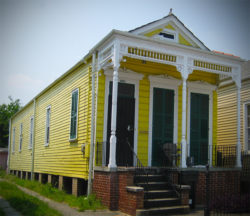Architecture
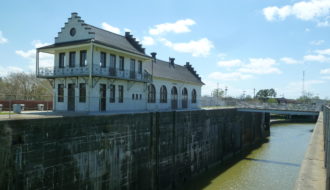
Plaquemine Lock
The Bayou Plaquemine Lock once allowed ships to pass from the Mississippi River through the bayou to Louisiana's interior.

The Bayou Plaquemine Lock once allowed ships to pass from the Mississippi River through the bayou to Louisiana's interior.
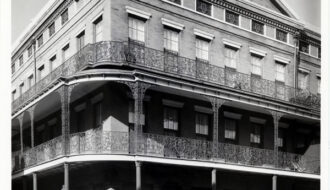
Baroness Pontalba's buildings on Jackson Square changed the haphazard design into a viable public area.
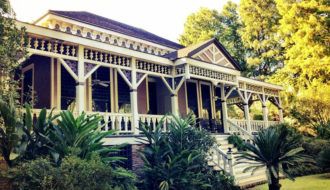
The Poplar Grove Plantation house was originally built for the 1884 World's Industrial and Cotton Centennial Exposition in New Orleans before being transported on a barge to Port Allen.
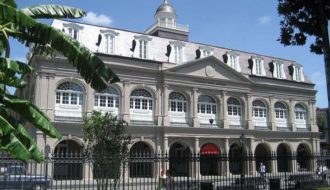
Along with the Cabildo and St. Louis Cathedral, the Presbytere figures as a major component in New Orleans' Jackson Square.
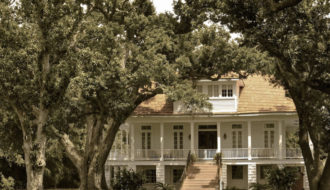
Leander Perez purchased Promised Land in 1925 and occupied the plantation house until the early 1960s.
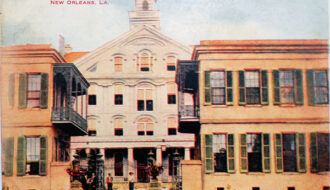
The Public Works Administration projects in Louisiana during the Great Depression include numerous courthouses, university buildings, and Charity Hospital in New Orleans.
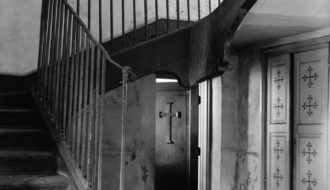
Louisiana architect and preservationist Richard Koch worked with the Historic American Buildings Survey (HABS) in the state during the Great Depression.
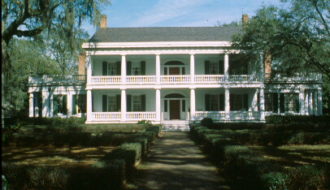
Rosedown Plantation in Louisiana is one of the most intact and well-documented examples of a plantation complex in the South.

Samuel Wilson Jr., an architect and preservationist, is often referred to as the "Dean of Historic Preservation" in New Orleans.
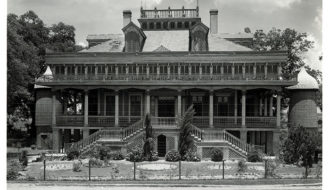
The San Francisco Plantation name is derived from the term "sans fruscins" meaning "without a cent" or "having lost everything," possibly alluding to the high cost of the house.
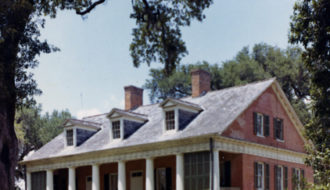
Until artist Weeks Hall donated Shadows-on-the-Teche to the National Trust for Historic Preservation in 1958, the New Iberia property had been in the Weeks family since the original Spanish land grant in 1792.
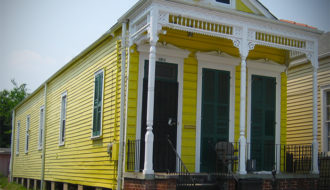
The shotgun house, prevalent in New Orleans architecture, is typically a long, narrow house facing the street, with a roof ridge that runs perpendicular to the front entrance.
One-Year Subscription (4 issues) : $25.00
Two-Year Subscription (8 issues) : $40.00
